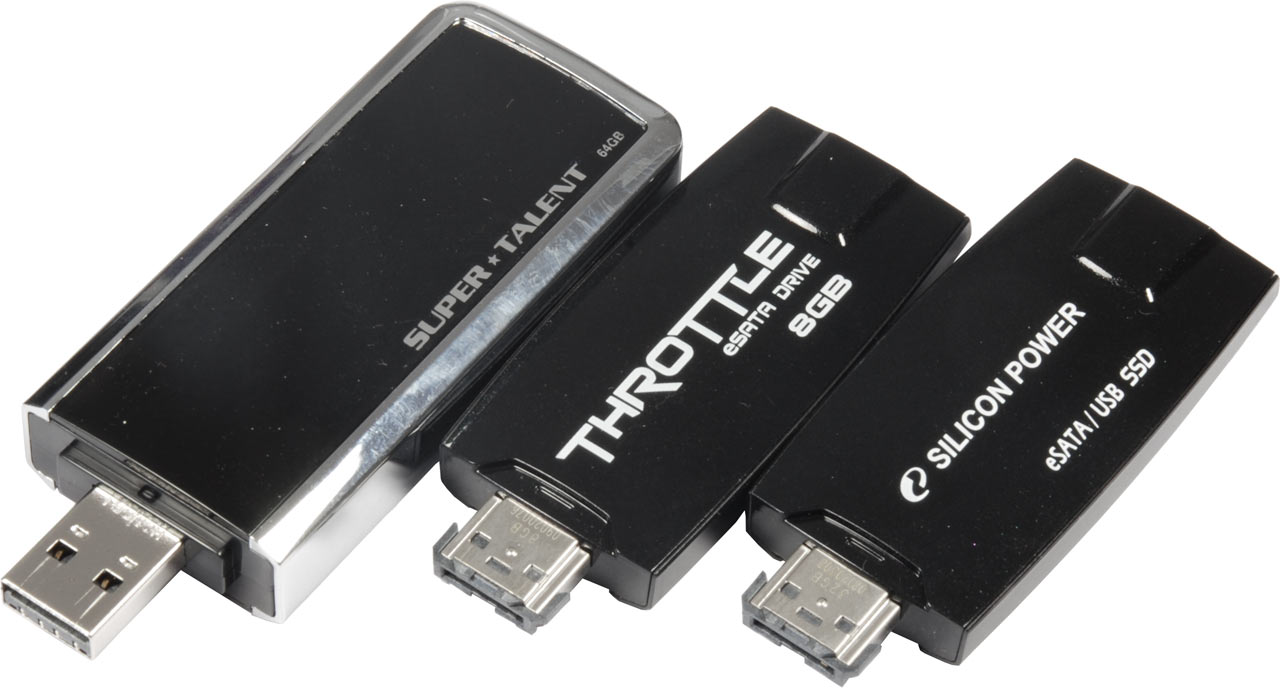USB 3.0 On A Stick: Super Talent's RAIDDrive 64 GB
Wondering how fast USB 3.0 runs compared to USB 2.0 and eSATA? We take three flash-based thumb drives and run them through our storage benchmarks. We don't expect to see the interface's 500 MB/s maximum any time soon, but the results might surprise you.
Does USB 3.0 Stick Out On Thumb Drives?
USB 3.0 is finally here. More and more motherboards incorporate an additional controller to support the fast interface. Storage vendors are releasing new USB 3.0 products almost weekly. We decided to look at the impact this new interface will have on thumb drives by comparing it with USB 2.0 and eSATA.
480 Mb/s Not Enough?
480 Mb/s is the gross transfer speed of USB 2.0, which translates into 60 MB/s. Effectively, however, USB 2.0 devices max out at around 35 MB/s and, depending on file size, selected partition, and format, you'll probably see less than that.
While USB 2.0 performance is sufficient for occasional use, it bottlenecks power users. We don't want to wait around moving multi-gigabyte archives at 35 MB/s or less. There are a number of different scenarios you could conceive where USB 2.0 is simply insufficient, but the simple truth is that performance is usually perceived as inadequate if the waiting extends beyond just a few minutes.
USB 3.0 to the Rescue
With 5 Gb/s gross throughput, USB 3.0 provides ten times the bandwidth of USB 2.0. We released an introductory article on SuperSpeed USB 3.0 in June 2009, looked at the implications on insufficient platform bandwidth in March 2010, and provided a first roundup on USB 3.0 enclosures just recently.
Now it’s time to look at what USB 3.0 does for thumb drives. To get the full picture, we decided not only to include USB 2.0 and USB 3.0 performance, but also two products that support eSATA, which goes up to 3 Gb/s gross bandwidth and may still challenge USB 3.0.
Get Tom's Hardware's best news and in-depth reviews, straight to your inbox.
Current page: Does USB 3.0 Stick Out On Thumb Drives?
Next Page USB 3.0 Basics And Applications